Time out of time– discovering Lisbon
The thing I remember about leaving the Algarve is the morning light striking the car hard and bright as I drove along a ridge line. It was a secondary road that roughly paralleled the autoroute. In my mind I was trying to make peace with leaving. It had been an intoxicating mix of coastal light, stone and sand, cactus and pine. Cultures crossing in pretty old villages. The occasional palm tree or Moorish ruin. Desert stars. It was bright blue and dusky beige, warm and relaxed. Along the drive there were a couple of fine old hill towns, scattered villas, hovels, and a gas station or two. I recall a vast ranch, nothing growing there but cattle, that went on for miles and miles. Lots of space empty of humanity. I crossed a river on a long and dramatic bridge and I was in Lisbon.
My apartment was on a narrow street in the Barrio Alto, at the highest point, looking down one of the perpendicular streets that rose up the hill for blocks to the front door. I chose the apartment because the landlord was a plant lover and his terrace was smothered in flowers and vines, and because I could perch there, above the neighborhood and see my way down to the street or up to the sky.
On the cab ride, the driver acted as tour guide. “This is the principle road. There is the river. This is the university. The bullfights take place here. This is your neighborhood.” Among the most surprising bits of information was the news that Lisbon is small. I chalked that comment up to the attitude of a city dweller, but once I found myself walking the city I discovered how right he was. The driver pointed out a street-long once-a-month antiques market on the boulevard below my neighborhood and as soon as I got my suitcase upstairs I set off to find it. It was an easy 10 minutes, all downhill.
I poked through all the offerings. I guess I wanted something so essentially Portuguese that it would bring back the day and place for me always. A kind of gypsy dealer with a mixed bag of trash and treasure had a 19th century carved wood and gessoed Christ figure. There was no cross, only the figure with his attenuated arm loose beside him. His fingers and toes were gone. But he bore the spiritual energy of his maker. He was both icon and art. So in my best bartering French I offered the dealer less, and he reluctantly took my offer, congratulating me on my good fortune and the fine price. I could not imagine a more intimate reminder of the many churches I’d stood in, listening for echoes, than this Cristo.
In the city there was no wildlife and I couldn’t see the stars for the streetlights, but the sunlight glanced off the river and illuminated every surface with liquid reflections blocks and blocks deep. Built on seven hills, Lisbon has a little funicular that climbs one of them. It’s a tourist filled ride… we were like the fabled Portuguese sardines packed into old-school trolleys or the hill-climber. You could spot a native because any young Portugese person– anyone— even someone with a prime seat on a sight-seeing vehicle, would immediately surrender it to anyone who was older. And the Portugese elders took the seats with little more than a nod— with a sense that it was as it should be. Non-natives (like me) would try to decline but the young Portuguese could not allow themselves to accept a no.
My landlord left me with a big bowl of fresh fruit, a bottle of port and a box of fresh pastries. And there were directions to all the best places to eat. I chose one he promised was very Portuguese and very inexpensive. I walked in, a bit overwhelmed by the number of people seated family style at long tables. The last seat at the counter was vacant, closest to the grill master, so I took it. Lucky choice. He put on quite a show, like any fine-tuned short order cook who works a grill all day every day. The grill, in the front window of the restaurant, burned wood and on it he had all the restaurant’s offerings: pork liver, mackeral, sardines, rabbit, sea trout, sausages, steak, chickens, chickens, chickens speared on skewers that looked like swords. He dressed them all first with sea salt. Every few minutes he would pull off another chicken and cut it to pieces with what looked like super sharp garden shears.
I flashed back to my childhood when my parents would take us to a tiny dive where we sat on a stool at a bar across from an open hickory fire and watched our barbecue being cooked, then watched it being chopped and dressed. This guy even had on the same kind of hat. Only the Portuguese chef would, every few chickens, draw himself a draft of Portuguese beer, take a quick swig and toss the rest into the trash can.
The meal was exquisite. So good I came back again. My favorite meal there was grilled sea bass served with a wedge of lemon, potatoes and carrots and some potent green vegetable that looked like spinach gone to seed. The gentle vegetable broth, the smoke of the fish and the lemon made a lovely combination. Once home I opened the bottle of port and watched the city below the apartment come to nightlife.
Lisbon was an elaborate, ornate display case for Portuguese history and tastes. Every day I chose a museum, or nearby village, palace or monastary to visit, and with each one my perceptions of the culture deepened.
One of my primary reasons for visiting Portugal was to look at the tiles, the murals (azulejos) that appear in all kinds of places. The Museu Azulejos was one of Lisbon’s most remarkable gems. I was stunned by the beauty of the monastery where it’s housed, and again by the collection of old pictorial tiles. What’s interesting to me is the fragmentation of a scene into pieces. The impact is not so much from skillful painting— the painting is generally naive. . It’s more a matter of the fragmentation, the repetition of marks, the complex patterning,the bright colors and hard glossiness. Many of them are blue on white. My theory is the gloss and the blue are unconscious references to the sea which, in Portugal, is never far away.
In response to Portugal’s Inquisition, the state disbanded all religious orders in 1834 and took possession of all the real estate and art treasures that had formerly belonged to the church. A visit to the Nacional Museu de Arte Antiga was fascinating– especially to track the provenance of the works. The museum was filled with masterpieces and minor masterpieces that had begun their lives as sacred objects in monasteries and convents throughout the country. There were, thus, many large three part altarpieces. Interestingly, they were displayed away from the wall, so a viewer could walk around and see the construction from the back. It was the first time I had a visual of what it means for a very old painting to be rendered on wood. These massive paintings were made of many oak boards put edge to edge together. Sometimes the seam would fall in the middle of the Virgin Mary’s face or some other crucial place. Knowing the huge movement of wood as seasons and humidity changes it’s remarkable that these paintings are in such excellent condition, especially since they started their lives in unheated stone buildings.
Sometimes I got off public transit in an unknown neighborhood and allowed myself to get lost. I found an interesting hardware store one day that way. Portuguese hardware stores are great repositories of tools for applying grout, laying tile, removing tile, applying stucco and chipping away at stucco. I found a paint roller that was rubber and had a funny raised pattern on it. I bought it to use in the studio to make marks.
Another of my delights was choosing things from Portugese menus that had no translation– trying dishes that were a mystery. I can now attest to the deliciousness of grilled maigre, a kind of Portugese swordfish, and cuttlefish salad, a variant, I would say, from looking at the photo on Google, of octopus. I will confess to not being able to muster the courage to eat eels in southwest France ( but only to you) however, once safely in Portugal I was fearless. What is there to fear in a country where all the bread was baked this morning and all the fish were swimming in the ocean yesterday? It was fun to step into a pastry shop and point, not knowing if a pastry was sweet or savory, or to choose a cheese I’d never heard of. This led, of course, to hits and misses, but by far there were more hits than misses. And each time I took a chance I felt like one of the great explorers, as if I’d discovered something remarkable for the very first time.
Time out of time, Portugal
I wasn’t happy to leave France and my friends and venture off into Portugal alone. I knew very little about Portugal, and all travel alone is initially scary. I had read that Portugal has the highest incidence of mortality on its highways of any country in Europe, for one thing. But Portugal has always intrigued me, so I was determined to plunge into it and see what transpired.
When I read descriptions of the cities I would visit— Lisbon and Porto, it was hard to feel enthusiastic. Cities are not the place where I am most comfortable. But they are the places where a culture puts itself on display. When I read descriptions, however, of the Algarve, the less populated coastal area at the southern extreme of Portugal, my spirits lifted and my curiosity was sparked.
I have the belief that if you travel and seek adventures, unforeseen, inconvenient and sometimes unpleasant things will happen to you. I tell myself if I can’t manage them with patience, humor and imagination, I should just stay home. I believe it is important to not even be surprised when these things happen, but to navigate through and spend most of my time counting my blessings.
Once I left the familiar terrain of France for unfamiliar Portugal, the likelihood of mishaps escalated. My first misstep forced me to rent a car in Porto, drive myself out of the city instead of flying, down the length of Portugal to the Algarve, on those highways I’d been led to believe were so treacherous. They turned out, midweek, to be sparsely populated, fast and perfectly maintained highways and I easily traversed the length of the country in a few hours. BUT, at one point the rental car appeared to refuse to go into reverse, and my GPS refused to recognize the address of my destination. A phone call resolved the reverse issue. I plugged in what I believed to be the coordinates of my remote accommodations. At one point my GPS told me I’d gone 30km too far. So I backtracked and made another stab at finding it.
It was frustrating but also astounding. At moments like this it’s important to remember there are hidden blessings. I found myself in the deepest Portuguese hinterlands where I doubt any tourist ever goes— ever. I was in deep farm country at some kind of edge of the world.
It was parched and many shades of brown. There were no grasses, only brown scrub. I passed a sunburned old man in dusty clothes trying to talk sense to a mule in the middle of a tiny village. The village had a phalanx of older gentlemen seated alongside the main street, watching, guarding and no doubt commenting on what went by (me, in a rental car, three or four times) . I passed fields of sheep and newborn lambs, and fields of sleek goats. The oldest pastures had stone walls for fences but seemingly nothing an animal could graze on.
The architecture in the farm villages was severe and eccentric. Pristine tidiness was clearly a strong cultural value.The houses were all painted spotless blinding white and trimmed in various bright colors. They all had decorative chimney pots, latticed with designs, and all clearly painted at the end of winter so they were as spotlessly white as if smoke had never passed through them. I drove by agave as big as my car. There were many beautiful ruined stone farm buildings, the masonry of a style specific to the region’s jagged faceted stones. The flat facets all faced the front, creating a smooth surface, and spaces between the large stones were filled with tiny stones.
I followed my GPS until it told me, confidently, to Go Off Road. My excitement was building, imagining how remote my accommodations must be. But when I did finally go off road the GPS choked— shut down. So, I stopped and called my landlord who gave me the name of a village near his home to plug into the GPS which happened to be 70km in the opposite direction. The sun was setting and the route was hairpin curves over multiple mountains. Anyone who drives mountain roads knows a mountain mile is like a dog year. I knew 70 km of mountain roads was going to feel more like 200 km of driving.
Along the way my reward was the stark and unspoiled landscape of Secret Portugal. On one hillside there were dozens of high tech wind turbines, while on a nearby hill there were ancient stone windmills in various stages of decay. Beige hills were dotted with pine, almond and cork trees. I passed an abandoned once-prosperous farmhouse, its front walls covered in azulejos (tile murals) depicting farm labor, all painted in blue on a white ground.
Just before dark I turned up in the right village. My landlord drove into town and led me up to the perfect getaway: a stone/stucco cottage up on a hillside,with yellow and white striped curtains, wonderful art, a private terrace and a view of the entire plain’s night lights sprawled at my feet. Thousands of warm yellow kitchen and bedroom lights sparkling in the land below, and diamond stars above by the millions were undisturbed by the villages’ lights or the moon. In the morning I woke to discover that the sea was just beyond those lights.
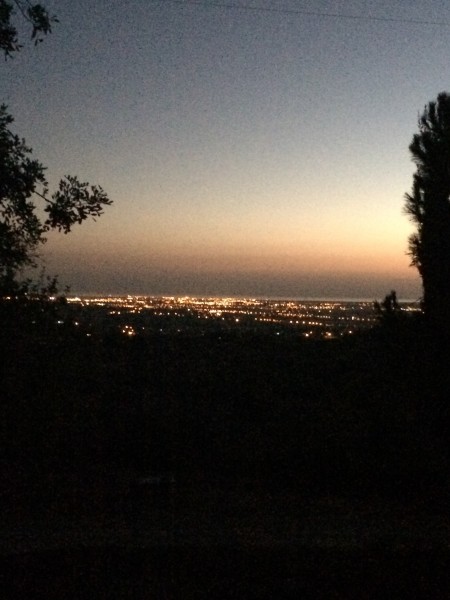
It hit me hard, in a good way— I realized I was truly happy. Not pretending to be happy, or waiting to be happy. It was a joyous moment. On that terrace the next day I made myself comfortable. Played some Brazilian jazz, lit some candles, opened the bottle of wine my host had provided and looked across the lights to the sea.
Being out of the city I found myself painting and writing. In my sleep one night I wrote a poem and woke up to its words. It was enough to just sit on that terrace perch, above the sea and the towns and watch the sun cross the sky.
Every day I would choose a little coastal village— the smaller the better— and drive there to investigate. I was less than 200 miles from north Africa, and this region was a place where many cultures crossed paths. The first village I visited had its stark white houses with eye-ache blue trim against the brilliant blue sky. I climbed down a cliff to touch the water and was captivated by the succulents and sea friendly plants that grew right up to its edge.
The second village had Moorish and medieval ruins. The only wifi available to a traveler in town was at the library. I stopped in the supermercado for provisions and settled on a tame choice— chicken, because it was coated in fiery red pepper and the sign indicated it was locally raised with some degree of pride. Once cooked it brought back the chicken of my childhood, raised by my grandparents on our farm. It was anything but ordinary. I spent the afternoon painting the plants on my terrace and thanks to the blessings of technology, being in contact with all the people I love the most.
Home is precious beyond measure, but I wrapped that evening in a cloak of memory and stored it up to refire my soul when I’m too old to explore anymore. Cypress trees/tiny far away lights/palm fronds rattling in an end of summer breeze/smell of anise, the sense of power, joy, connection, saved to be unwrapped when I am losing my footing on this earth, to remind me that I am earth’s child and the whole earth has been my lavish, generous, stunning home.
Time out of time
It’s been a daydream of mine for a long time– to find a little house to rent in France and stay there long enough to become chummy with the butcher. This was the year I finally did it. I rented a cottage on the grounds of the restored 15th century Chateau de Lerse in the southwestern region called the Charente. Though I thought I knew what to expect I did not know how truly rural and agriculturally focused France could be.
I believe the grounds of the chateau were the quietest place I have ever been. The fine old castle sits on a farm of around 125 hectares and is surrounded by miles and miles of farms, some as large as 10,000 hectares. It is a region of vineyards grown for cognac, as well as sunflowers, and feed corn. They appear in fields like a patchwork quilt thrown over a sleeping woman, rolling hills and gentle valleys, all calm under a flawless blue sky. The air is clean and the colors crisp and intense. At night every star is visible.
Along with the cottage came two lovely friendships with the kind and charming couple who manage the farm: Yveline, its chef and household manager, and Pascal, its farm and grounds manager, whose stone house is next to the gîte. When the chateau was empty of guests Yveline gave us a tour. It has been transformed from a ruin with rain falling onto its floors, into a comfortable and breathtaking home of baronial proportions. Even the round stone pigeon house has been converted to be an enchanted little dwelling.
My temporary home is attached to a 500 year old stone barn with post and beam supports created from enormous whole trees, trunk and limb. I was so drawn to its venerable construction, its heavy terra cotta roof with hundreds of years of patina, its slope and undulation, that it became the subject for a little painting.
When I arrived at the gîte I opened the tall windows in my bedroom, with its two foot thick stone walls, and left them open for two weeks. And every night a dome of stars and the smear of the Milky Way appeared overhead. I would, every night, prop my head on the stone wall and look at Mercury and Venus and count my blessings. When I woke, from the vantage point of my bed, I could see the chateau’s ancient tower rosy in the daybreak. The silence and isolation of the Chateau de Lerse was so complete that I could hear the tires of a car contact the asphalt of the road two miles away. There were no frogs or crickets, and often little birdsong other than the occasional dove. There were locks on the doors but no one ever used them or mentioned a key.
We arrived in the area late one evening and fearful we’d not have anything to eat when breakfast arrived, we stopped in a village nearby to pick up a few provisions. The only place open was a funky little ill-stocked convenience store cum florist shop called Chez Fatima. We picked up a few things, including a bottle of wine to have once we arrived. We didn’t think much about it, just grabbed some snacks and a 6 euro bottle. Later that night we opened it and were shocked that it was an absolutely wonderful eleven year old Bordeaux. Thus began our romance with the region’s offerings.
We fell in love with the local cognac distillery which is housed in a fine old chateau, having once been the home of the French writer, Alfred de Vigny. It is now a family business that is run cordially and casually by three generations who invite the wanderer to visit their small museum in the chateau, devoted to the life and writings of de Vigny, and to sample all their fine products, including a generous pour of their 25 year old cognac. If I’d waited 25 years for something to come to fruition I doubt I would feel disposed to sharing it with every passerby. But they do, and we became loyal customers after that visit.
Every day we would strike out in a different direction, looking for the local farmers market wherever it happened to be that day. We’d bring back the bounty to cook in our cozy kitchen. At night we dined outdoors in our stone-walled terrace. Rabbit with prunes, turnip and potato purée flavored with duck fat, foie gras, locally made sausages grilled over oak, crusty bread, fresh oysters all come to mind. Pascal brought us strawberries he’d grown, a cultivar developed from the wild local berries. Another day he brought us an enormous box of pink fleshed peaches from the little orchard. From that there were oak grilled pork medallions with a pear-peach reduction.
One memorable night we went to a restaurant in a tiny village nearby that had been recommended by a native. We were the only people there who were not French. The place was filled with burly sunburned French famers and their wives, all of whom received a hug from the proprietor/chef, who wore a black tee shirt and a hat like a hot dog stand man. The placemats and napkins were paper, and the food was elevated. I was in love with the total simplicity of the place contrasted with the refinement of the food.
Every day we would visit one or several of the 400 small village churches in this region, all Romanesque in origin, c.1100, and many modernized in Gothic times. When we could look inside we marveled at the pure acoustics, the haunting echoes, the traces of wall painting, the vaulted or beamed ceilings, the deeply spiritual austerity. We stopped at every one to notice out front the ever-present memorials to the boys lost in World War I, each and every one of their names carved in stone . Hundreds and hundreds of names. I try to imagine the grief of a mother country whose beautiful boys were cut down, their strong arms not tossing hay, laying stones, bringing harvests, but instead guarding, protecting, in the way of men of all times.
It was a visit rich with images. I think back to the tiny Romanesque church with the towering ancient ladder aimed at the belfry but looking more like it was bent on reaching heaven, built of oak, twisted and crooked–organically rising from the stone floor. I think of the tiny shells mixed in with the stones on the ground to remind one of this place’s ancient status as seabed, the slope and pitch of rock buildings and terra cotta roofs, beamed underpinnings slowly and gracefully accepting the cant of that weight, developing their own rhythm. Wine bottles with a touch of mold in the tasting and dust on the bottles. Blackberries growing in huge clusters, the patent leather shiny ones sweet as sugar. Pollen floating on the farm pond, or mist rising off of it early in the morning. The sound of friends’ laughter. Stone walls holding heat, and holding silence. Pascal watering the vegetable garden with an arc of spray in the afternoon light. Some hours summer hot and some spicy autumn cold. A whole farm community gathered together around the town square on a Saturday afternoon to play boules. Four matches going on at once.
But I always come back to the faces of the people I met. The French do not ignore people. They acknowledge them, universally, as a cultural norm. It is a kind of built in civility that is noticeable to an American accustomed to ignoring and being ignored. So among my loveliest images from my visit are the faces, the eye contact and greeting of a couple of 12 year old boys bicycling by me on the street, the eyes and smile of the lady at the charcuterie, the concerned faces of people trying to give me directions, the many faces I passed who looked at me and acknowledged that I existed, for that moment, in their world.
Archives
- April 2021
- June 2019
- April 2019
- August 2018
- December 2017
- September 2017
- July 2017
- May 2017
- April 2017
- March 2017
- February 2017
- January 2017
- December 2016
- May 2016
- January 2016
- December 2015
- October 2015
- July 2015
- June 2015
- May 2015
- April 2015
- March 2015
- November 2014
- October 2014
- September 2014
- July 2014
- April 2014
- March 2014
- December 2013
- November 2013
- October 2013
- September 2013
- August 2013
- July 2013
- December 2012
- November 2012
- August 2012
- June 2012
- April 2012
- March 2012
- January 2012
- November 2011
- October 2011
- September 2011
- June 2011
- May 2011
- March 2011
- December 2010
- November 2010
- October 2010
- August 2010
- July 2010
- June 2010
- May 2010
- April 2010
- March 2010
- February 2010
- January 2010
- December 2009
- November 2009
- October 2009
- September 2009
- July 2009


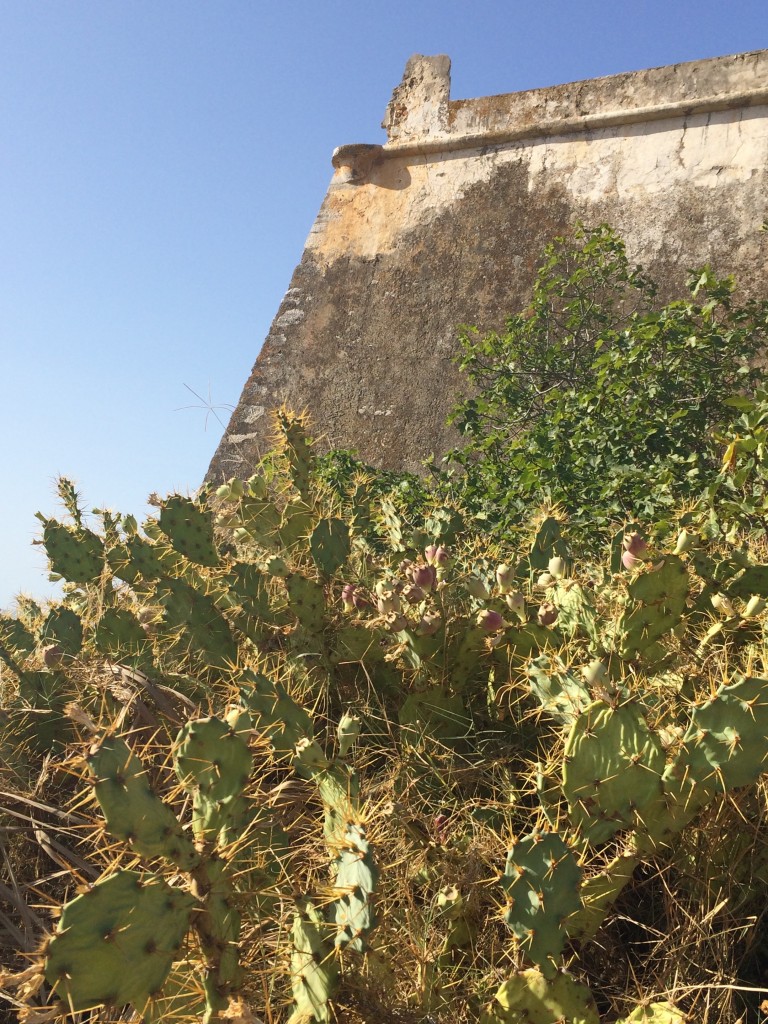
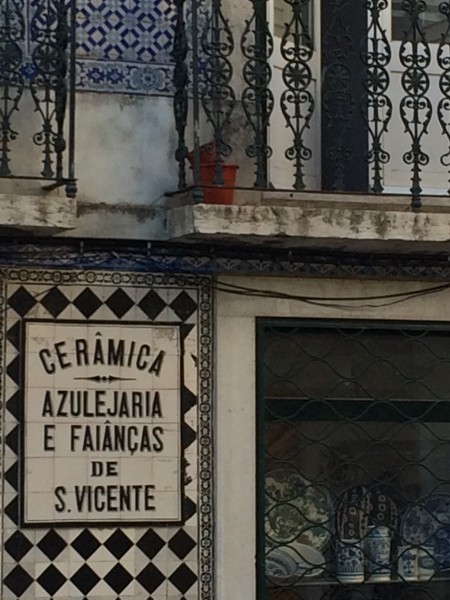
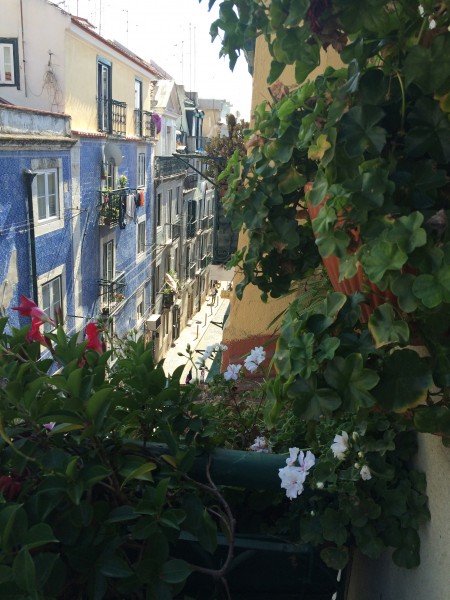
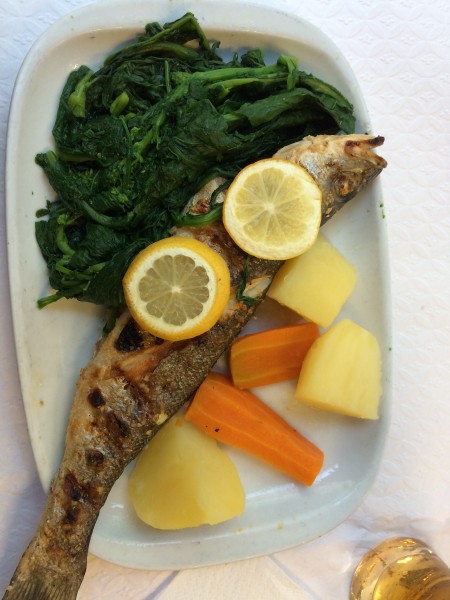
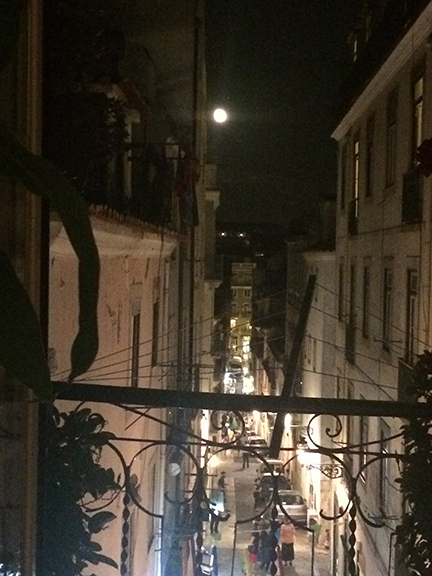
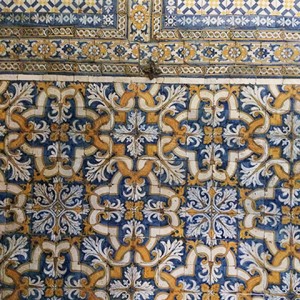
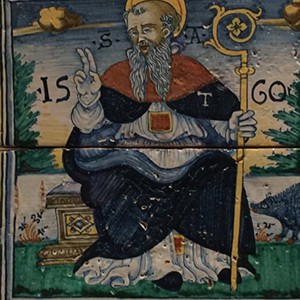
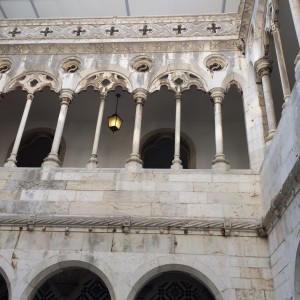
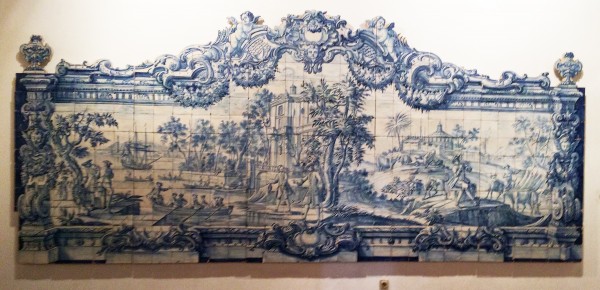
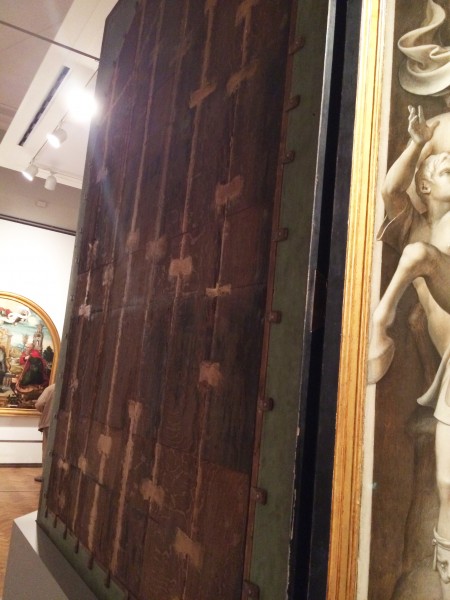
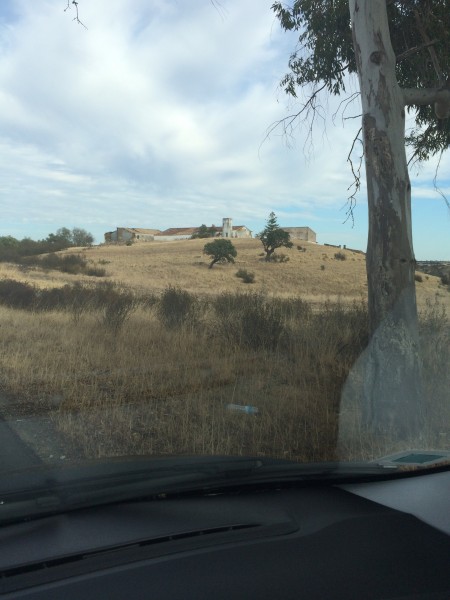
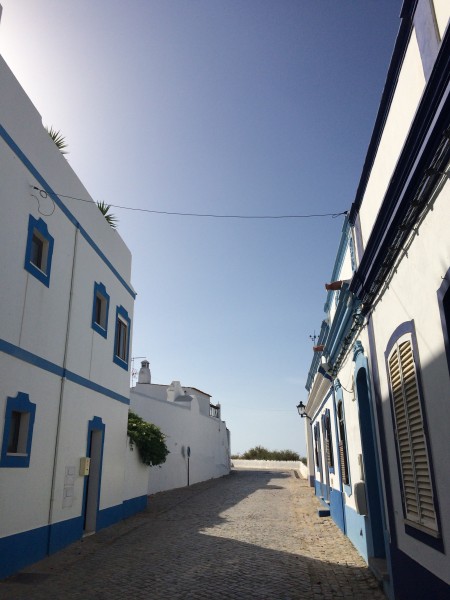

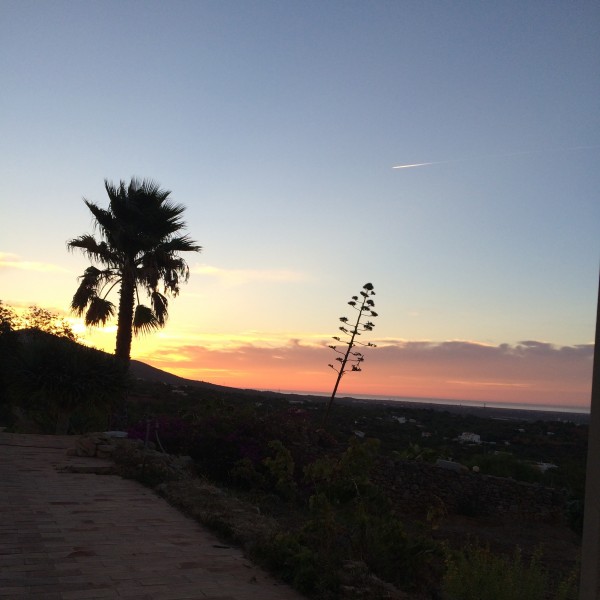
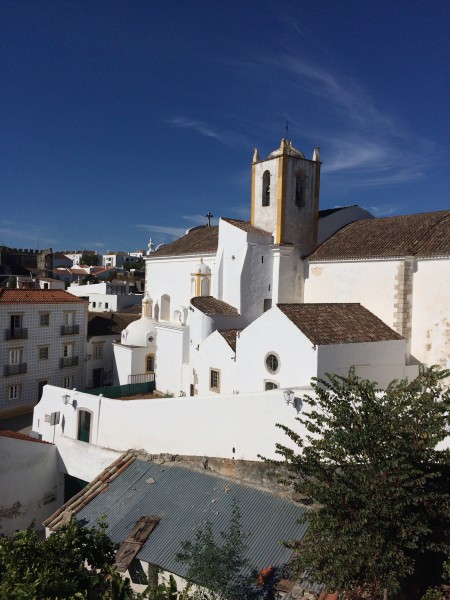
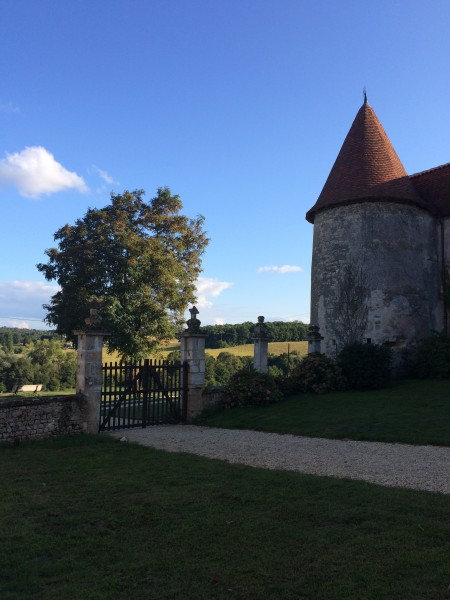
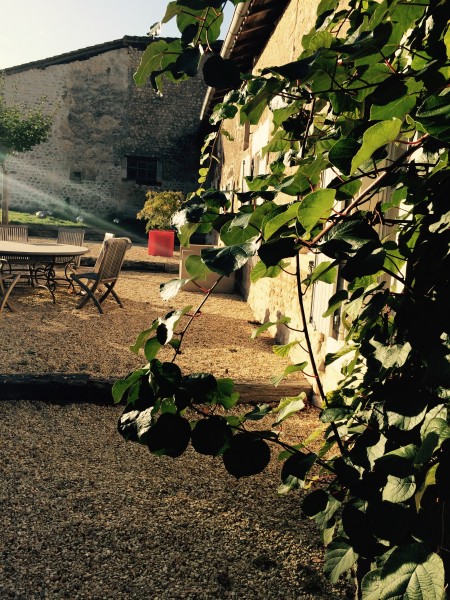
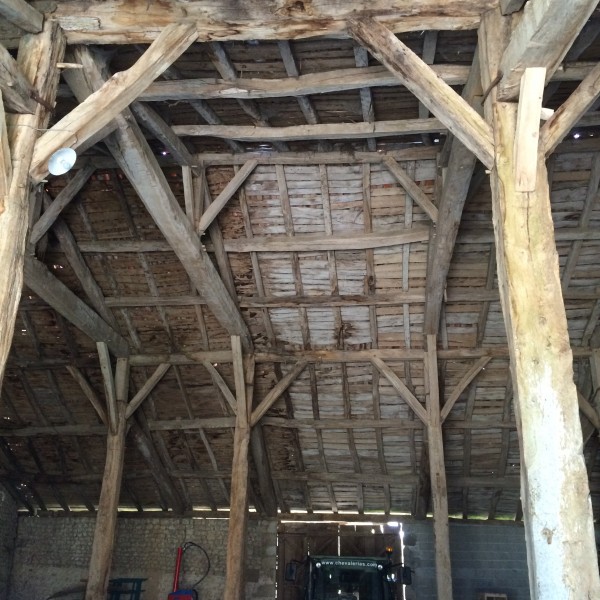
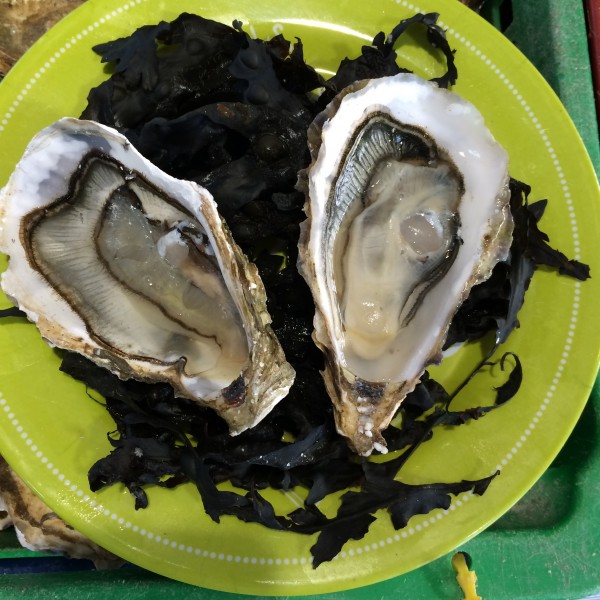
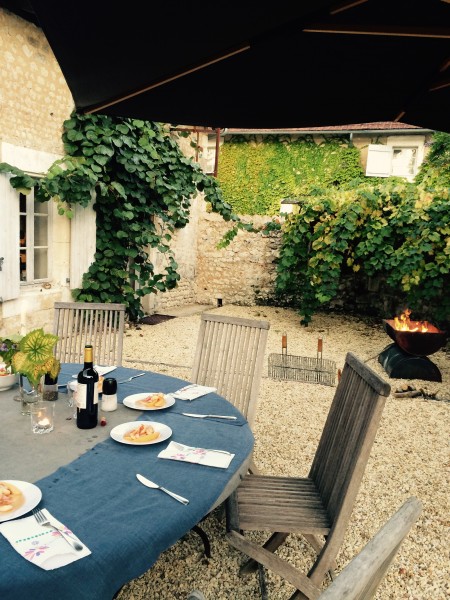
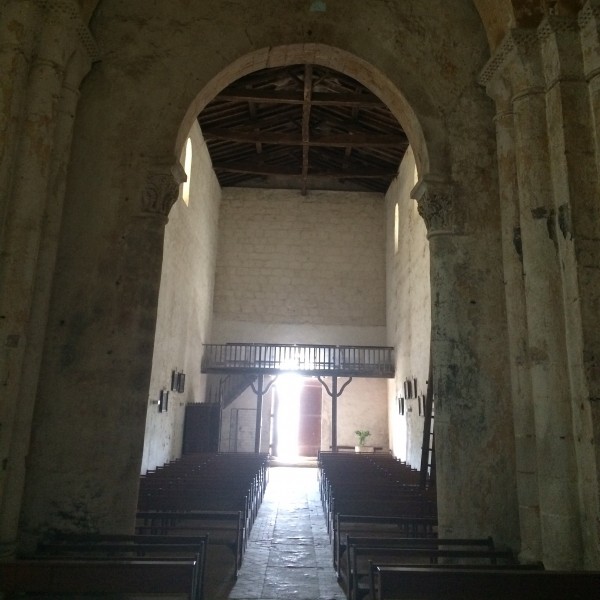
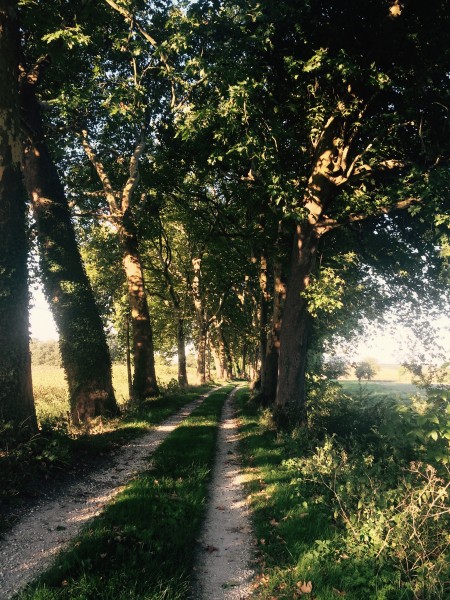
Recent Comments